Hawker Sea FuryThe Hawker Sea Fury was a British fighter aircraft designed and manufactured by Hawker. It was the last propeller-driven fighter to serve with the Royal Navy, and also one of the fastest production single piston-engined aircraft ever built.[2] Developed during the Second World War, the Sea Fury entered service two years after the war ended. The Sea Fury proved to be a popular aircraft with a number of overseas militaries, and was used during the Korean Warin the early 1950s, as well as against the 1961 Bay of Pigs Invasion of Cuba.The Sea Fury's development was formally initiated in 1943 in response to a wartime requirement of the RAF, thus the aircraft was initially named Fury. As the Second World War drew to a close, the RAF cancelled their order for the aircraft; however, the Royal Navy saw the type as a suitable carrier aircraft to replace a range of increasingly obsolete or poorly suited aircraft being operated by the Fleet Air Arm. Development of the Sea Fury proceeded, and the type began entering operational service in 1947.The Sea Fury has many design similarities to Hawker's preceding Tempest fighter, but the Sea Fury was a considerably lighter aircraft[dubious ]; both the Sea Fury's wings and fuselage originate from the Tempest but were significantly modified and redesigned. Production Sea Furies were fitted with the powerful Bristol Centaurus engine, and armed with four wing-mounted Hispano V cannons. While originally developed as a pure aerial fighter aircraft, the definitive Sea Fury FB 11 was a fighter-bomber, the design having been found suitable for this mission as well.The Sea Fury attracted international orders as both a carrier and land-based aircraft; it was operated by countries including Australia, Burma, Canada, Cuba, Egypt, West Germany, Iraq, and Pakistan. The type acquitted itself well in the Korean War, fighting effectively even against the MiG-15 jet fighter.[1] Although the Sea Fury was retired by the majority of its milit
Specifications
General Characteristics
- Successors 1 airplane(s)
- Created On iOS
- Wingspan 31.2ft (9.5m)
- Length 24.4ft (7.4m)
- Height 10.9ft (3.3m)
- Empty Weight 3,758lbs (1,705kg)
- Loaded Weight 5,867lbs (2,661kg)
Performance
- Horse Power/Weight Ratio 0.281
- Wing Loading 39.7lbs/ft2 (194.0kg/m2)
- Wing Area 147.7ft2 (13.7m2)
- Drag Points 2879
Parts
- Number of Parts 33
- Control Surfaces 5
- Performance Cost 232

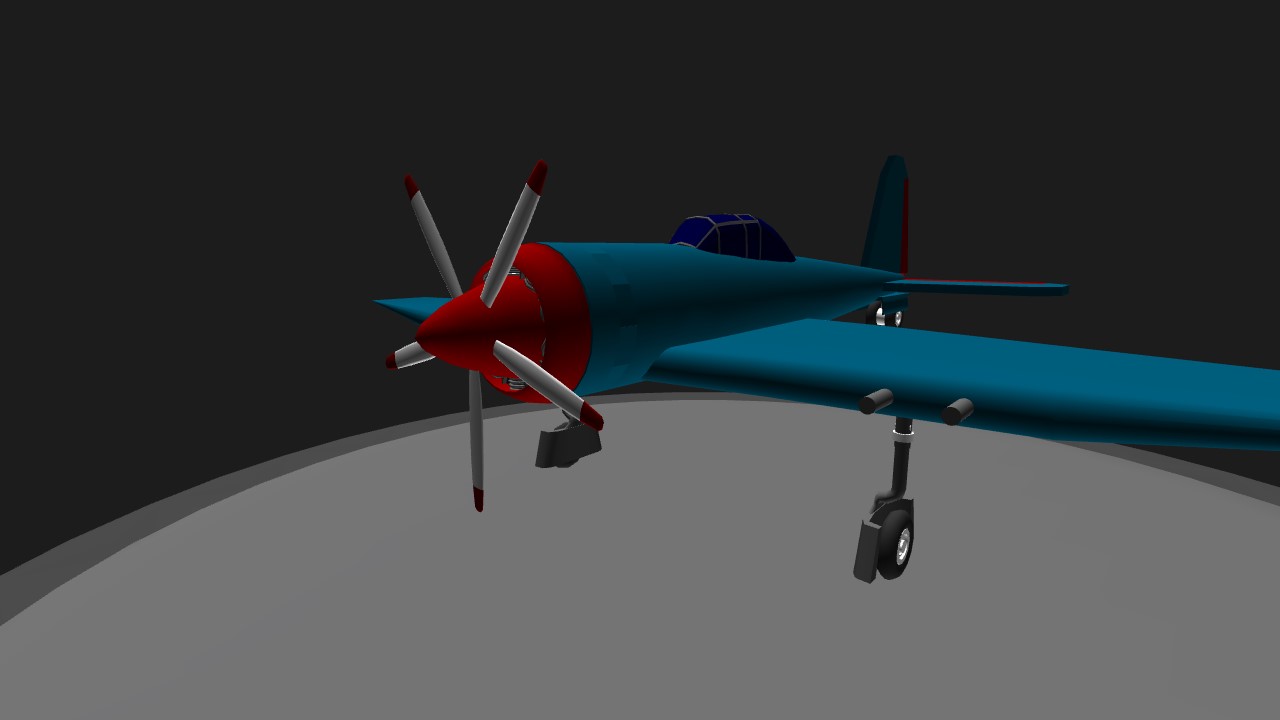
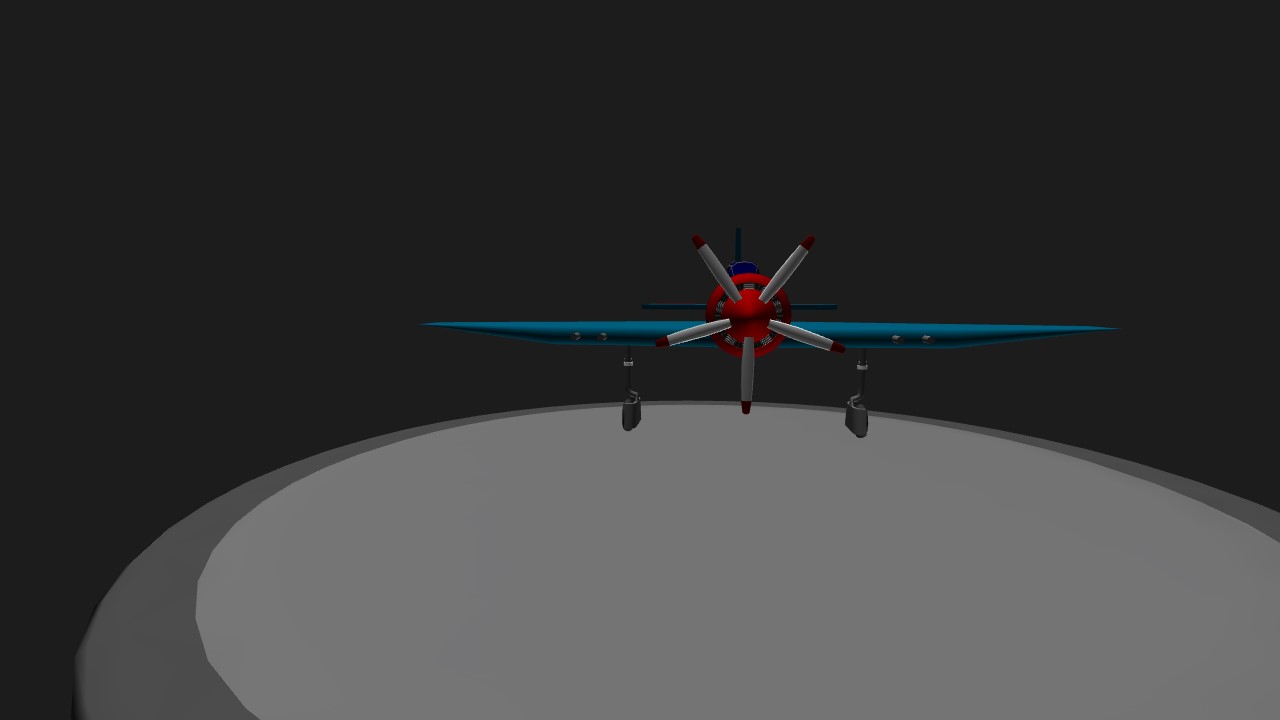

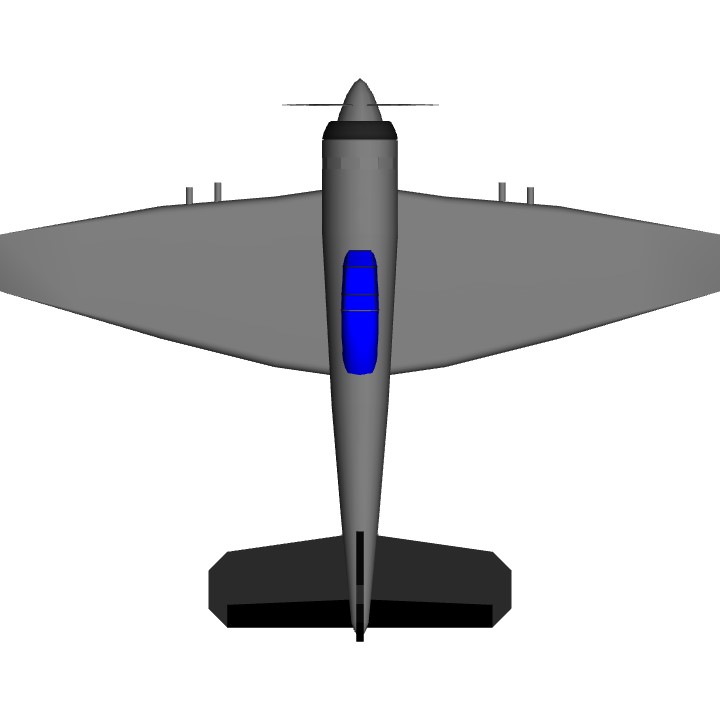
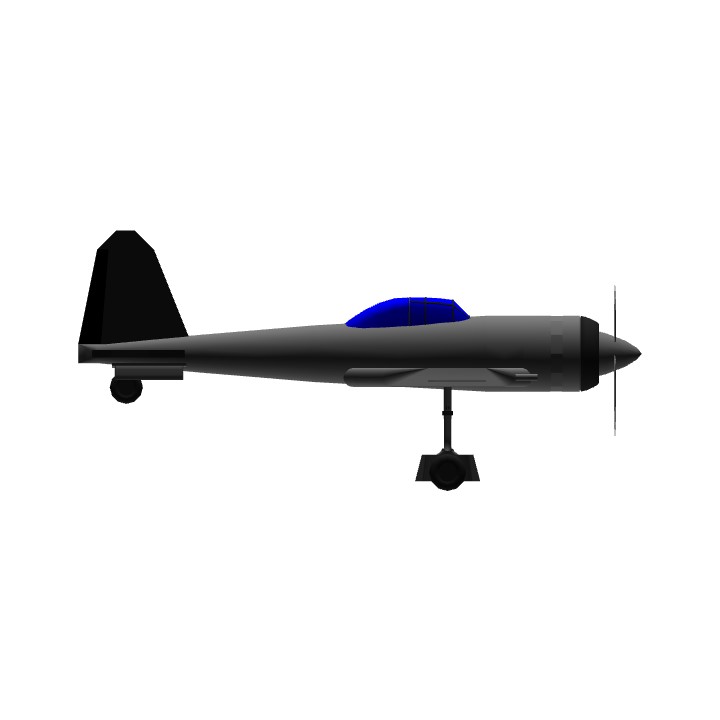
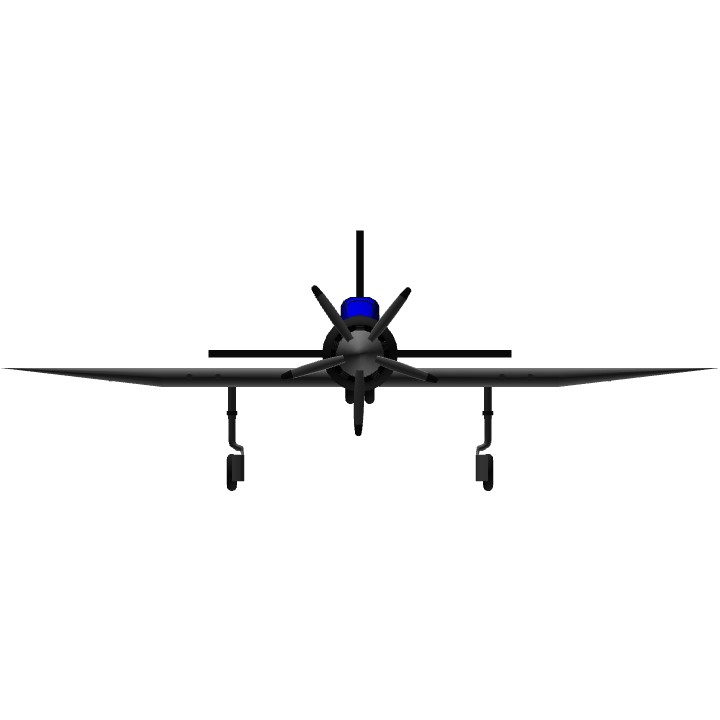
@Csisguy glad to help! If you need to, ask me, or go to the Reddit or forums, someone should be able to help.
Thaks :) I'll try to check out future builds of yours, and your p80 but thanks a lot.
@CsisGuy I found that out the hard way too! My best advice is to practice with scaling, and build an easy plane first to get the hang of it. If you look at my P-80, it's simple, and was a great jumping off point for later. If you really want to, check out @WalrusAircraft, @Scriefers for an expert opinion. You could also make contraptions instead of planes.
My main problem with building planes is making it look good well still making the plane fly. But I guess practice helps it all.
@Csisguy thanks for the kind words! I just copied and pasted from Wikipedia. Also, what's the difficult part of building for you? Having trouble building doesn't mean that a comment is pointless, it's all the same for me! Thanks again!
Glad to see your one of those people who puts in the bio of the plane. Good job. I know this compliment means. Nothing to you mainly because I don't know how to build a plane, but still good job
Not much to say really. I hope you enjoy the effort I put into the nose cone!